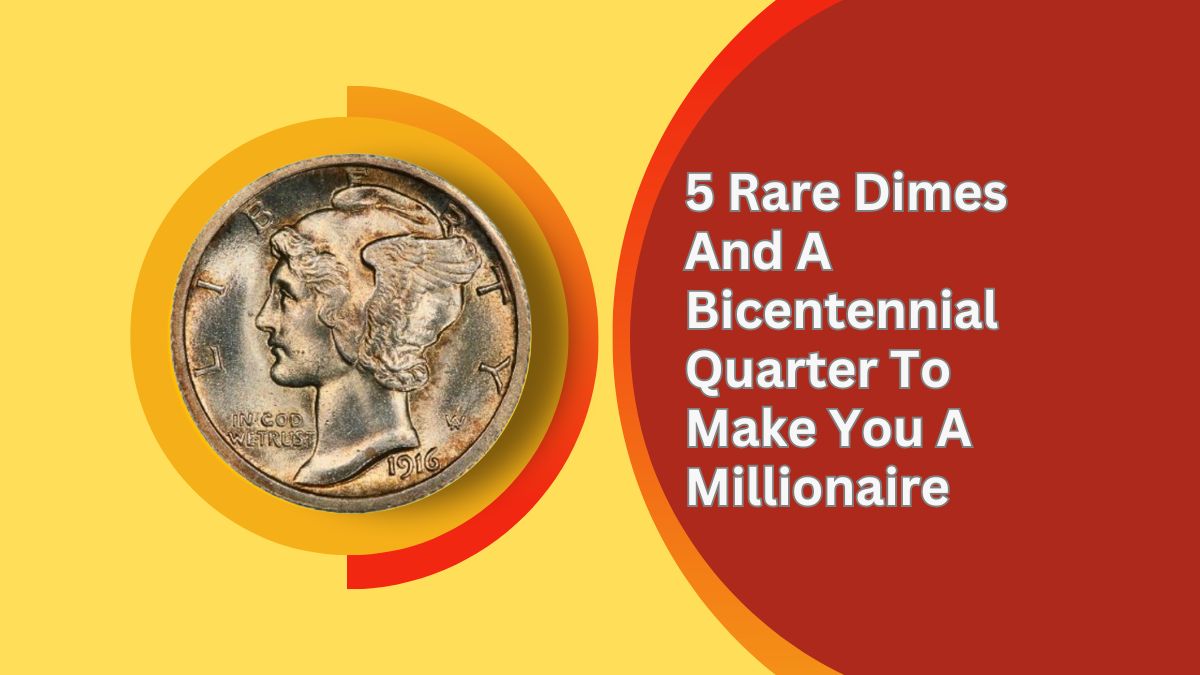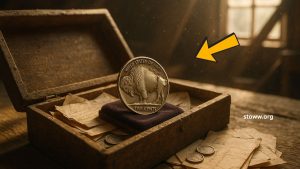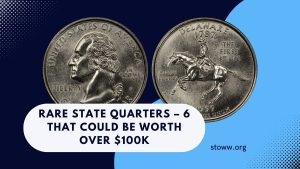Coin collecting is a fascinating hobby that can sometimes lead to unexpected treasures. Among the vast array of coins, certain dimes and a special Bicentennial quarter stand out due to their rarity and significant value.
These coins, still possibly lurking in circulation, have fetched impressive sums at auctions, making them highly sought after by collectors.
1894-S Barber Dime
One of the most coveted coins in American numismatics, the 1894-S Barber Dime, had a minuscule mintage of only 24 coins.
Today, fewer than ten are known to exist. The reasons behind such a limited production remain a topic of intrigue, with theories suggesting they were minted as special gifts or for testing purposes.
In pristine condition, this dime has fetched prices exceeding $1 million at auctions.
1916-D Mercury Dime
The 1916-D Mercury Dime, minted in Denver, had a low production run of 264,000 coins. As the inaugural issue of the Mercury dime series, its scarcity, especially in high grades, has made it a prized possession among collectors. Uncirculated examples can command prices upwards of $100,000.
1942/1 Mercury Dime (Overdate)
An intriguing error coin, the 1942/1 Mercury Dime resulted from a die mistakenly being overpunched, causing remnants of the “1” beneath the “2.”
This overdate error occurred at both the Philadelphia and Denver Mints, with the Denver version being rarer. Depending on their condition, these dimes can range from a few hundred dollars to over $10,000.
1968 No-S Roosevelt Dime
In 1968, certain proof dimes were struck at the San Francisco Mint without the “S” mint mark, leading to the 1968 No-S Roosevelt Dime.
Only a handful of these error coins are known, making them extremely valuable. High-quality specimens have been known to sell for between $20,000 and $30,000.
1975 No-S Roosevelt Dime
Similar to the 1968 error, the 1975 No-S Roosevelt Dime is a proof coin missing the “S” mint mark. Its rarity is underscored by the fact that only a few such dimes are known to exist.
Collectors are willing to pay significant sums, with auction prices sometimes exceeding $50,000 for high-quality examples.
Bicentennial Quarter
The 1976 Bicentennial Quarter was issued to commemorate the 200th anniversary of the United States. While millions were minted, certain versions and error coins have become valuable:
- Silver Composition: Some quarters were struck in 40% silver for collector sets, making them more valuable than the standard copper-nickel versions.
- Mint State Condition: Uncirculated quarters graded MS-67 or higher can fetch premium prices.
- Errors: Quarters with minting errors, such as double dies or off-center strikes, are highly sought after by collectors.
| Coin Name | Year | Mint Mark | Mintage | Estimated Value ($) |
|---|---|---|---|---|
| 1894-S Barber Dime | 1894 | S | 24 | 1,000,000+ |
| 1916-D Mercury Dime | 1916 | D | 264,000 | 100,000+ |
| 1942/1 Mercury Dime | 1942 | P/D | Unknown | 10,000+ |
| 1968 No-S Roosevelt Dime | 1968 | No Mint Mark | Proof Only | 20,000 – 30,000 |
These coins exemplify how numismatic errors, low mintages, and unique historical contexts can significantly elevate a coin’s value.
Collectors and enthusiasts should remain vigilant, as such treasures might still be found in circulation or tucked away in old collections.
FAQs
What makes the 1894-S Barber Dime so valuable?
Its extremely low mintage of only 24 coins and the mystery surrounding its production contribute to its high value.
How can I identify a 1942/1 Mercury Dime?
Look for the overdate error where remnants of the “1” are visible beneath the “2” in the date, often requiring magnification.
Why are some Bicentennial Quarters valuable?
Quarters struck in 40% silver, those in mint state condition, or those with minting errors are more valuable than regular issues.




I have two 1976 $2 bills and six 1995 $2 bills and want to sell them don’t know how or who would like to buy them. If you could help me with this it will make my day. Please help !!! And alot of other coins but I’ll start with these bills first I figure. Thanks